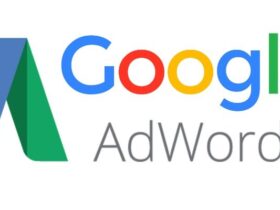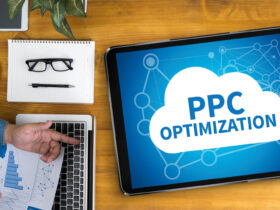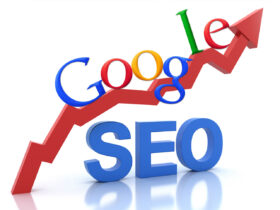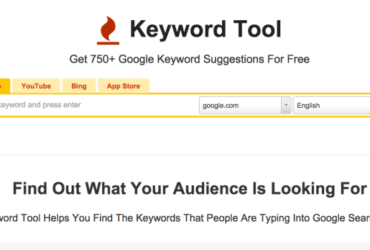CEOs want to consider methods to put automation to paintings simultaneously and keep up with Google’s visual and voice search panorama. Jim Yu on May 6, 2019, at 12:18 pm

More
Evolving consumer expectancies driven by the breakneck velocity of technological improvements are pushing advertising groups to the threshold. Companies of all sizes strive to grow “information-driven,” but few succeed. Seventy-two % of C-degree technology and commercial enterprise leaders with several of the area’s largest manufacturers recently pronounced that they have been unable to forge an information subculture [pdf] inside their companies.
What’s greater, fifty-three % stated they aren’t even treating their facts as a business asset. SEOs have perhaps been able to recognize and capitalize on the opportunities consumer records give higher than most, given how fundamental clean facts are to achievement in search. However, purchasers’ voracious appetite for content is producing many touchpoints across a wide variety of devices and platforms – and a massive quantity of statistics as a result. Consumers assume that data is to be deployed immediately to satisfy their desires; sixty-three % expect personalization as a standard of carrier and believe they’re diagnosed as a person while despatched unique offers.
Today’s search engine optimization wishes to understand the consumer journey as its miles take place and adapt in real-time, optimizing content out of the gate. Pursuing the technology necessary to spark off records throughout the search engine marketing lifecycle is impossible. It’s time to get actual, with actual-time search engine optimization that carries consumer data, your knowledge of the client’s journey, and Google’s dynamic and visible seek panorama. Here are three areas in which you want to make awareness of your efforts.
Research intelligently in real-time and optimize with speed.
Data has become the foreign money that drives competitive advantage, but point answers inflict chaos and confusion for manufacturers. Data silos have ended in big portions of static records missing in quality and actionability. Brands cannot extract the cost of these statistics despite significant investments in generation. SEO can assist in driving the change that needs to occur by focusing first on enhancing workflow and operational performance. Your technology needs to be smart to understand optimization possibilities the very moment they get up – and to behave, creating the customer stories your potentialities crave.
How search engine optimization has been carried out since its inception seems like this…
A category manager for store tactics your crew is soliciting for a file at the present-day season and guidelines on optimizing for the upcoming one. You document the remaining month’s tendencies at the top of search engine optimization. You provide an ordinary document on rank, keyword volume, traits, ideas, and suggestions. It’s a multi-step, laborious, time-ingesting process that utilizes several tools and Excel evaluation – and nevertheless, you’re providing historical facts and making tips based on previous performance.
According to BrightEdge market studies, the typical organic seeks practitioner uses a median of six pieces of equipment and might spend as much as 4 hours daily on studies, reporting, and evaluation. In the past, it was hard for search entrepreneurs to recognize the client journey as it takes place and maximizes revenue. But these days, the real-time search engine optimization shift lets SEOs offer real-time pointers with real-time records, riding even greater revenue to their business enterprise. Point solutions are precious, depending upon your business type, but for large enterprises, they are unnecessarily complicated and time-consuming. They are not scalable.
They restrict your reach. Marketers want to embody automation to maximize search engine optimization performance. However, the first class of the answer will make or ruin your campaigns. Automation makes site audits, competition research, score monitoring, and analysis more efficient and effective. Today, you can access real-time, on-demand data, which empowers you to invite precise questions and find quantitative, statistics-pushed solutions with fast velocity, ease, and accuracy.
Consumers who watched a YouTube video associated with a planned purchase did so at the start of their buying purchase. Once your logo motion pictures are posted, they may stay, and the aim is immediate engagement and traction. Marketers want to be installed to measure their video’s overall performance and scores in real-time.











